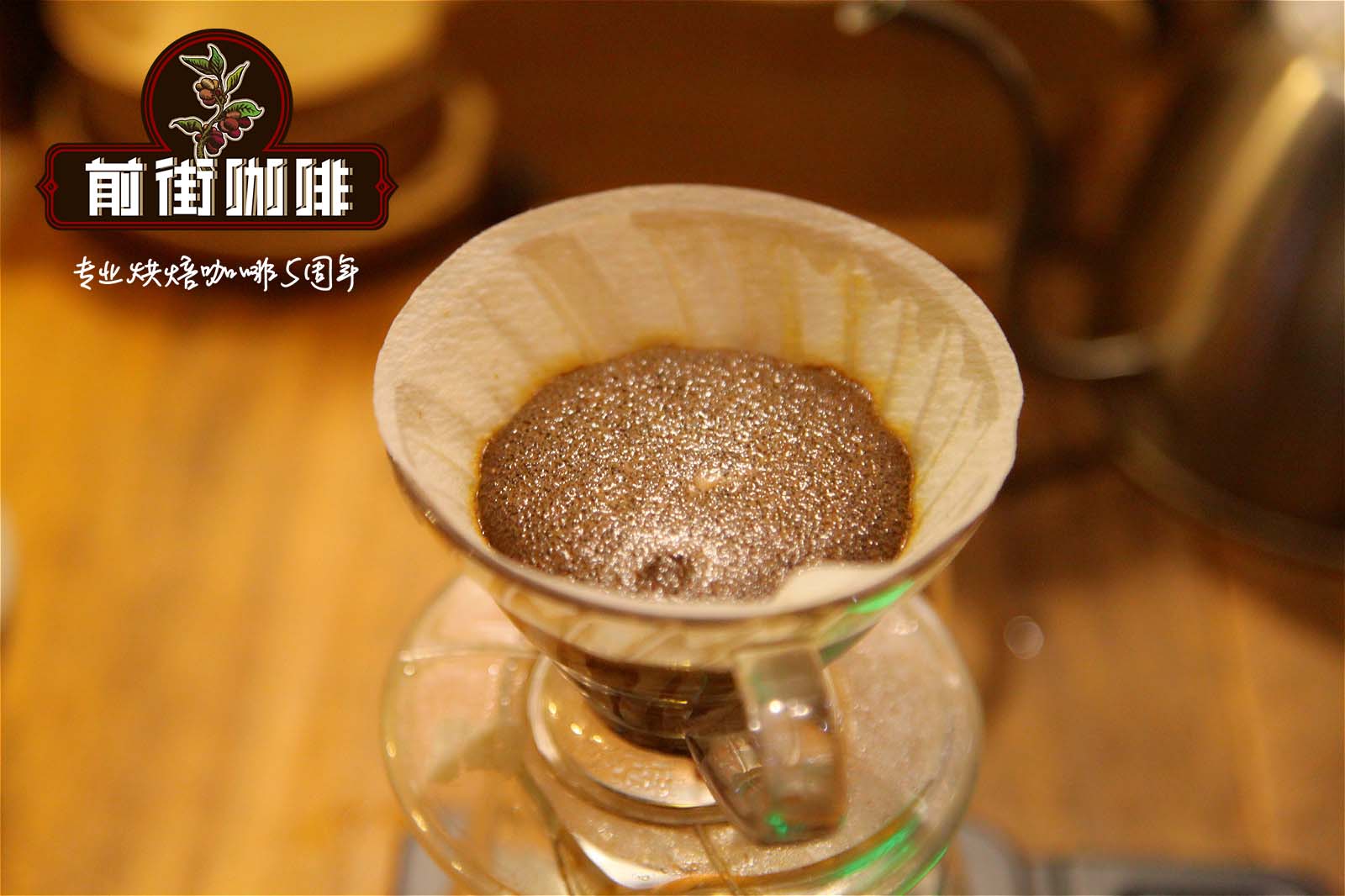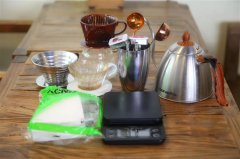Who invented filter paper? How to use coffee filter paper Coffee without filter paper

Professional coffee knowledge exchange more coffee bean information please follow the coffee workshop (Wechat official account cafe_style)
Grind the coffee beans into powder, put the powder on the filter paper, and then slowly inject water, waiting for the coffee liquid to slowly leak out of the filter paper. With the rise of the third wave of coffee, boutique coffee has become the mainstream, and nothing attracts more attention than hand-brewed coffee. Many people think that hand-made coffee originated in Japan, but the truth is that it is made by modern hand-making, from an unexpected country-Germany, and what is even more surprising is that the inventor is an unknown housewife.
It all comes from the inspiration of lazy son's homework.
After coffee was introduced into Europe from Arabia, the traditional European method of making coffee is to use linen or metal strainer to filter out the coffee grounds. However, if linen cloth is used, it must be cleaned very clean every time it is used, otherwise it will stink; and if a metal filter is used, it will not be able to make enough small pores because the technological level at that time is unable to make enough pores, so it will let a lot of coffee grounds through the strainer, and even the coffee drunk will have the strange taste of coffee grounds, but also bitter taste.
Melitta Bentz, then 35, loved drinking coffee, but thought the traditional way of making coffee was too troublesome, so he always hoped to invent a more convenient and easier way to make coffee. While she was thinking, she happened to see her son's school homework book. as soon as she was touched, she used the ink paper of the homework book to make the world's first coffee filter paper, which has become the most common modern technology to filter coffee powder with filter paper.
The filter paper made of ink paper has a very light texture. Compared with linen cloth, it has a low cost and solves the problem of cleaning. Most importantly, the coffee made with filter paper can not only completely separate the dregs, but also reduce the bitterness and astringency. The coffee produced is more palatable and cleaner than before, and even retains the aroma of the coffee itself.
The housewife became the chairman of the company.
In addition to creating coffee filter paper, Melitta also created hand-made ceramic filter cups. One day, Melitta's friends were shocked by the wonderful taste after drinking her coffee, so she was advised to start her own business and make filter paper and filter cups into commodities to sell. However, this puts Melitta in a dilemma-on the one hand, she wants to try, but on the other hand, under the traditional framework, housewives should run the house well instead of starting a business and being a strong woman.
However, Melitta does not want to spend his life in such an ordinary way. She patented her filter paper and cup in 1908 and founded The Melitta Company in the same year. Although the public is not optimistic, but rely on word-of-mouth, expand a large customer base, and hand-brewed coffee utensils, continue to bring forth the new, to this day, this company is still the leading brand in the European handcutter industry.
Although because of the popularity of Italian coffee machines and the rise of Starbucks, which represents commercial coffee, the emphasis on "slow" hand-brewed coffee fell in the 1980 and 1990s, but with the rise of the third wave of coffee, hand-brewed coffee rose again in Japan and gradually expanded.
Important Notice :
前街咖啡 FrontStreet Coffee has moved to new addredd:
FrontStreet Coffee Address: 315,Donghua East Road,GuangZhou
Tel:020 38364473
- Prev

Does the thickness of filter paper have an effect on the extraction of coffee? How to choose coffee filter paper
For more information on coffee beans, please follow the coffee workshop (official Wechat account cafe_style). Many people think that the thicker the filter paper is, the slower the filtration rate will be, but the result is just the opposite! If you enlarge the filter paper, it is not difficult to understand that the finer the structure of the filter paper is, the higher the density is, the thicker the filter paper is, the thicker the filter paper is.
- Next

That kind of filter paper is worth buying, how to choose filter paper? Introduction of 11 kinds of Coffee filter Paper with conical V60 filter Paper
Professional coffee knowledge exchange more coffee bean information please follow coffee workshop (Wechat official account cafe_style) Coffee rookie, you need filter paper purchase guide, how to buy filter paper? Many hobbies like to buy their own coffee beans, use bean grinders and buy utensils to make coffee. They will choose their own commonly used and convenient filtering methods. The following analysis and comparison, filter paper, metal filter mesh, filter cloth
Related
- What is the Philharmonic pressure? How to use Philharmonic pressure to make delicious coffee
- Why does a hand grinder have more fine powder than an electric grinder?
- In addition to the hot mom, what is the difference between the versions of EK43 | ditting and Mahdi ek43?
- What kind of equipment do you need to make coffee by hand? Introduction to novice starter cooking equipment tools
- Espresso needs to be ground how thick and thin scale entry Italian Coffee Machine Bean Grinder investigation and Grinding course
- How much does it cost to open a small private cafe? How much does it cost to learn coffee? How to operate it?
- The difference between the flavor characteristics of hand-brewed coffee and coffee maker is hand-brewed coffee really better than coffee maker? Can I use a coffee machine to make coffee beans by hand?
- The difference between 01 and 02 of hario v60 filter cup what is the difference between 01 and 02 filter cup opening and cooking flavor
- What's the difference between the smart cup and the French kettle? Which is better, the French kettle or the Smart Cup?
- What's the difference between a smart cup and a V60 filter cup? The difference between the taste of smart cup and hand-brewed coffee

